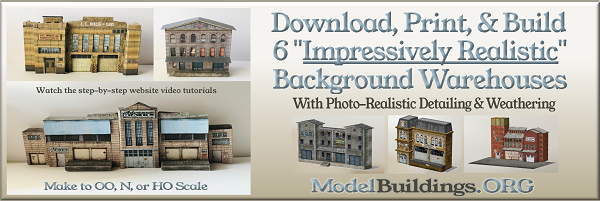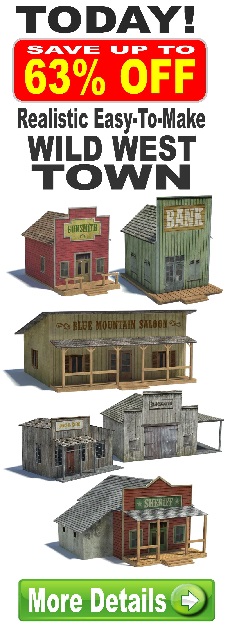Everything on model trains, model railroads, model railways, locomotives, model train layouts, scenery, wiring, DCC and more. Enjoy the world's best hobby... model railroading!
Why Does My Train Keep Stopping?
Val asks readers for assistance:
“I am having problems with my OO train engine it keeps stopping on the track for no reason. It will go round without stopping then the next time it stops in different places all round the track. Can you help and tell me why? Thanks.”
5 Responses to Why Does My Train Keep Stopping?
Leave a Reply
















I had the same problem,it was cured by a fellow club member who stripped down the train and replaced the the carbon bushes which appeared worn, a good cleaning of the track followed and that curred the problem.
good luck
Jim
a couple of things can cause stoppages.
1…. electricity causes a greasy deposit on contacts. i.e. the tracks and wheels……a good track clean usually helps….don’t forget to clean the contact wheel on the train as well.
2…. if you are confident, clean the armature within the train engine,this can accrue grease as well. if you are not sure ask at your local hobbie supplier.
hope this helps.
ron.
Electricity does not cause grease ! But the oil and grease on gears and bearings can go astray and cause problems if too much is applied.
A good Track Cleaning and blocking of Track Power, plus cleaning of Engine Wheels and cars, should help. A little maintenance goes a long way.
The main problem is bad contact somewhere.
1) Clean the rail tops: paper towel is good, wetted with meths or lighter fluid (warning: no smoking !) if there is grease or oil. Personally, I disagree with track rubbers, they just leave bits of grit and rubber on the track, causing further problems. Modern nickel-silver track does not suffer corrosion indoors.
2) Clean the wheel rims: a wire brush is good, a rotary wire brush on a dremel type tool is brilliant. Croc clip leads from controller to the motor to turn the wheels makes this process very easy.
3) Clean the inner faces of wheels (or the axles) and the pickup contacts touching them.
4) As mentioned above, old motors can benefit from cleaning of the brushes and commutator.
5) Some basic controllers are rather feeble in their output, and will repeatedly cut-out if running a loco that takes a high current. To check this, fit a little 12V bulb on your controller output to see if it is still supplying power when the loco unexpectedly stops. Old locos often take more current.
6) Rail joiners are not that brilliant at electrically connecting rails. Have the controller wire connected to the track at several places (depending on layout size). Observe consistent polarity !